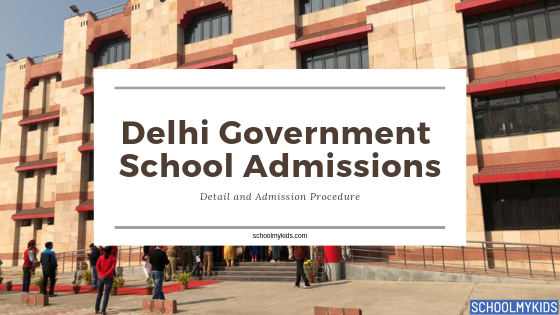Since the dawn of the 21st century, India’s education landscape has undergone transformative reforms that have shaped the way millions of students learn and aspire. These reforms reflect India’s evolving priorities—from universal access and inclusivity to quality enhancement and global competitiveness. A timeline-based overview reveals the milestones that have driven this dynamic educational evolution.
Early 2000s: Foundation for Universal Education
In 2001, the government launched the Sarva Shiksha Abhiyan (SSA), a flagship program aimed at universalizing elementary education for children aged 6 to 14. This initiative focused heavily on improving school infrastructure, recruiting trained teachers, and reducing regional disparities. The key goal was to ensure every child had access to free and compulsory schooling, addressing long-standing challenges of illiteracy and school dropout.
The Right to Education Era (2009)
The enactment of the Right of Children to Free and Compulsory Education (RTE) Act in 2009 was a landmark reform in India’s education system. This law legally guaranteed free education to all children aged 6 to 14 years and set standards for pupil-teacher ratios, infrastructure, and learning outcomes. RTE marked a shift from policy intent to enforceable right, compelling both the government and private sector to expand access and maintain minimum quality norms.
Focus on Secondary and Teacher Development (2010s)
Expanding beyond elementary education, the Rashtriya Madhyamik Shiksha Abhiyan (RMSA) was introduced to enhance secondary education access, quality, and equity. This era also saw the launch of teacher training programs like NISHTHA, aimed at improving pedagogical skills and shifting from rote learning to competency-based education. Efforts were made to integrate technology in classrooms and promote multilingual teaching approaches.
The National Education Policy 2020: A Paradigm Shift
The NEP 2020 stands as the most comprehensive reform in recent decades, overhauling India’s educational framework from foundational learning to higher education. It introduced a new 5+3+3+4 curricular and pedagogical structure to reflect cognitive developmental stages. Key features included an emphasis on critical thinking, creativity, multilingualism, vocational education from early stages, integration of technology, and increased autonomy for institutions.
The policy encourages holistic development—blending academics with sports, arts, and ethical reasoning—and promotes research and innovation through focused grants and institutes. It calls for equitable access to education for marginalized communities, digital literacy, and extensive teacher training.
Digital Expansion and COVID-19 Response
The 2020s also witnessed a digital revolution in education, accelerated by the COVID-19 pandemic. Initiatives like PM eVidya expanded digital content, online classrooms, and blended learning models, ensuring continuity during school closures. This period highlighted both opportunities and challenges in bridging the digital divide between urban and rural learners.
Higher Education and Skill Development
Parallel reforms in higher education emphasized the creation of new IITs and IIMs, statutory bodies like the Higher Education Commission of India, and interdisciplinary research centers. The focus shifted sharply toward skill development aligned with industry needs, entrepreneurship promotion, and flexible credit systems allowing mobility across disciplines.
Towards Inclusive and Quality Education
Throughout these reforms, India’s education system has strived to address disparities related to gender, socio-economic status, and geography. Policies now actively promote inclusive education environments with special focus on disadvantaged groups. Additionally, assessment reforms aim to reduce exam stress and evaluate holistic competencies.
Conclusion
The last 25 years of education reforms in India reflect a concerted effort to create a system that is accessible, equitable, future-ready, and globally competitive. From foundational literacy programs to advanced policy frameworks like NEP 2020, India continues to progress on its journey of educational transformation—preparing millions of learners to thrive in a complex, interconnected world.








Be the first one to comment on this story.